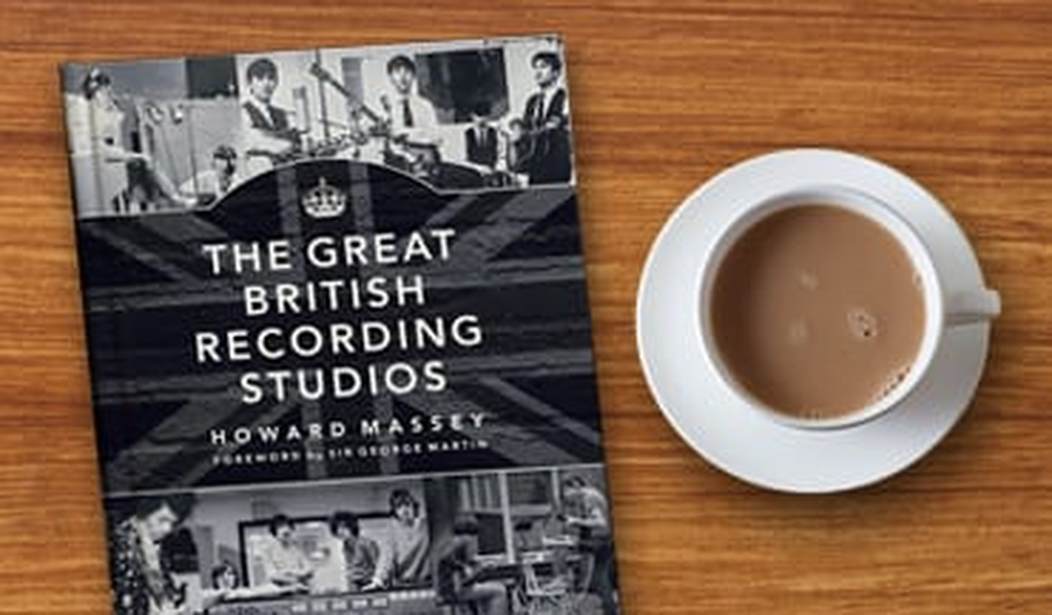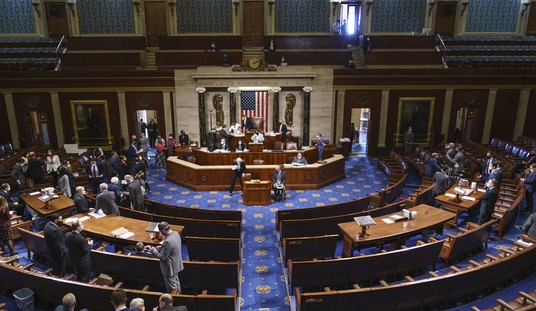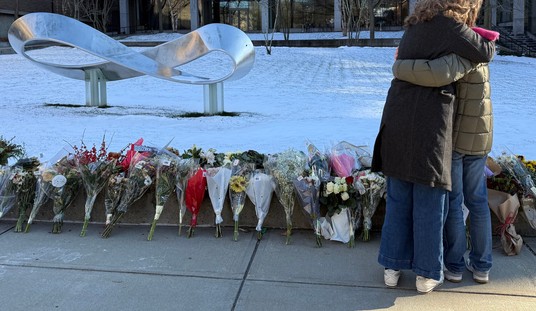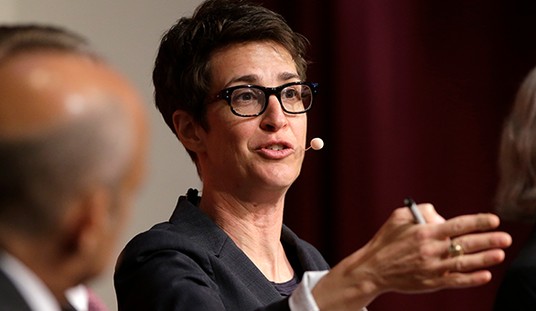At the beginning of the 1960s, rock and roll seemed dead and buried, particularly in the land that birthed it. As the Washington Post noted in a 1987 profile of Chuck Berry, “Berry’s Mann Act conviction was merely the last blow to the founding class of rock ‘n’ roll. Buddy Holly was dead, Elvis had gone into the Army, Little Richard had given up rock for religion and Jerry Lee Lewis had been ostracized for marrying his young cousin. There was no establishment conspiracy, Berry says, ‘but society had the chance to say ‘See, I told you so.’”
And yet just a few short years later, the British Invasion, spearheaded by the Beatles quickly followed by the Rolling Stones, the Yardbirds, the Animals, and numerous additional acts, re energized rock and roll on both sides of the continent. The Beatles in particular brought effortless songwriting chops and Everly Brothers-inspired harmonies with them, and a secret weapon in the name of George Martin, their brilliant producer and head of EMI’s Parlophone record label. Between Martin, his engineers and the Beatles themselves, they would revolutionize how popular music is recorded, and take what at the start of the decade was a very basic technology to newfound heights. The Beatles and the British groups that followed them brought with them a unique sound, very different from the American rock and roll recorded in the 1960s through the 1980s.
But can the elements that make up the sound of British rock be codified? In his new book The Great British Recording Studios, veteran music industry journalist and producer Howard Massey begins by attempting to run down the elements of the British sound. He quotes veteran producer Tony Visconti, famous for his work with David Bowie and T. Rex as noting that thanks in part to simple geography, the quality of microphones in British studios was better, with the latter studios’ preponderance of high-quality German condenser microphones. “It probably [was] cheaper to buy a German microphone [in England] than it would be in Germany. Telefunken and Schoeps mics — there’s loads of them in England. I’d say the percentage of condenser mics to dynamic mics is greater in England than I’ve seen in American studios.” American-made guitar amplifiers ran on 110 volts, so British-built Vox and Marshall amplifiers, compatible with the English 230 volt standard, were more commonplace kit in British studios, and as Massey notes, “would eventually achieve an almost mystical reputation among musicians on both sides of the Atlantic.” British monitor speakers tended to have a larger low-end bass response than their American counterparts during the ‘60s and ‘70s, he adds. British producers from Joe Meek to Trevor Horn had a reputation for sonic experimentation.
Meet the Beatles—And Their Studio
And then there’s the role of the studios themselves. Massey’s 357-page lavishly-illustrated book progresses in more or less order of their historical importance, beginning with, not surprisingly, the British studio, EMI’s Abbey Road, the home of the Beatles throughout their run, to the point where they named their last album as a group after its address. (As Geoff Emerick, their engineer at EMI once noted regarding the iconic photo of the Beatles atop their last album, “For people who don’t know the geography, they’re actually walking away from the EMI Studios — or Abbey Road [studios], as everybody knows it now…When I saw that photo, I did think to myself, ‘They’re sending a message.’”)
During the many hours they inhabited the studio during the 1960s though, the Beatles found a facility with beautiful acoustics, and well-stocked with those aforementioned expensive high-quality tube-based German condenser microphones, but with some limitations: Because EMI management dictated that the eight track recorder they had purchased in 1968 be thoroughly vetted by their maintenance department before its use, Abbey Road was slow to update from four track to eight track recorders, despite their growing popularity in America, and the recording process’s insatiable need for more and more tracks. Because of the demand for additional tracks during complex productions such as the Beatles’ Sgt. Pepper album in 1967, resourceful Abbey Road engineers such as Emerick and Ken Townsend were forced to innovate; ganging two and occasionally three four track machines together to produce the intricate sound paintings on genre-redefining songs such as “A Day in the Life.”
Burning Down the House
The late arrival of an eight-track recorder led the Beatles, late in their career as a group, to begin exploring other studios, such as the second most important studio in England in the ‘60s and ‘70s, Olympic, where as Massey writes, the Rolling Stones set the roof on fire during the recording of their landmark 1968 song “Sympathy for the Devil,” thanks to hot film lights Jean-Luc Godard’s crew had setup to record his documentary on the song’s making. Also featured is Trident, where the Beatles recorded another landmark song, “Hey Jude” in 1968, with Paul McCartney playing Trident’s hallmark 19th century hand-built Bechstein grand piano.
Going Mobile
After touring nearly 40 well-known past-and-present fixed British studio installations, near the back of the book, Massey discusses how the mobile recording studio came to be. Thanks to Mick Jagger’s keen eye on the Stones’ recording budget, the Rolling Stones Mobile was initially built in 1970 so that the group could record at Jagger’s country estate, rather than continue paying ruinous studio fees for what amounted to endless sessions in search of the perfect rhythm track. The Stones’ “Mighty Mobile” became a revenue generator in its own right as both rival groups and even the BBC rented the Stones’ converted truck to record their live albums. Shortly thereafter, Ronnie Lane of the Faces got into the mix as well with an Airstream trailer he converted to a mobile studio. Jimmy Page would use both mobile studios to record several of Led Zeppelin’s classic albums, and Pete Townshend would use Ronnie Lane’s mobile studio to kick off the recording of their great 1973 album Quadrophenia.
While it’s packed with examples of how legendary producers and engineers stumbled upon the sounds you grew up with listening to Beatles, Rolling Stones, Led Zeppelin and Pink Floyd records, The Great British Recording Studios isn’t really a how-to guide for recording, though anyone who enjoys home or studio recording will walk away inspired to try all sorts of sonic experimentation. But speaking of home recording, today, in London (as well as other major cities), recording studios have become bifurcated, as a result of a confluence of increasing technological sophistication and rising real estate prices. While Massey writes that Abbey Road has rumors of closing (including EMI rejecting a 2009 offer of $46 million to sell the studio to a real estate developer), there’s still a premium to be paid for saying a superstar artist was recorded there, beyond the obvious beautiful sound qualities, of course. The same is true of other high-end studios.
But many of the middle-of-the-road studios and funkier dives that Massey profiles in The Great British Recording Studios, are no more, the result of real estate developers being able to generate higher revenues from a multistory apartment or condo block in London than a large purpose-built recording studio, and by the development of home recording technology.
The technology that Jagger and Stones road manager Ian Stewart fitted into a good-sized truck to go mobile is now available inside a well-equipped personal computer and sophisticated audio interface. It’s now possible to make a very good sounding record in a project studio — particularly if the goal is to record a demo recording; drum machines and drum loops eliminate the need for a large room and scads of expensive condenser mics to record a drummer, and excellent samples of strings and other orchestral instruments are readily available. Guitar and bass modeling devices, and beautiful sounding hardware and software synthesizers fill out the rest of the band. A vocalist can be recorded via good condenser mic, a portable vocal booth, and a carefully-treated room.
But nothing will replace that magic feeling of walking into a dedicated professional recording studio with beautiful acoustics and a legacy of hit records behind it. For those who want to a (virtual) tour inside some of the best, The Great British Recording Studios is for you.










Join the conversation as a VIP Member